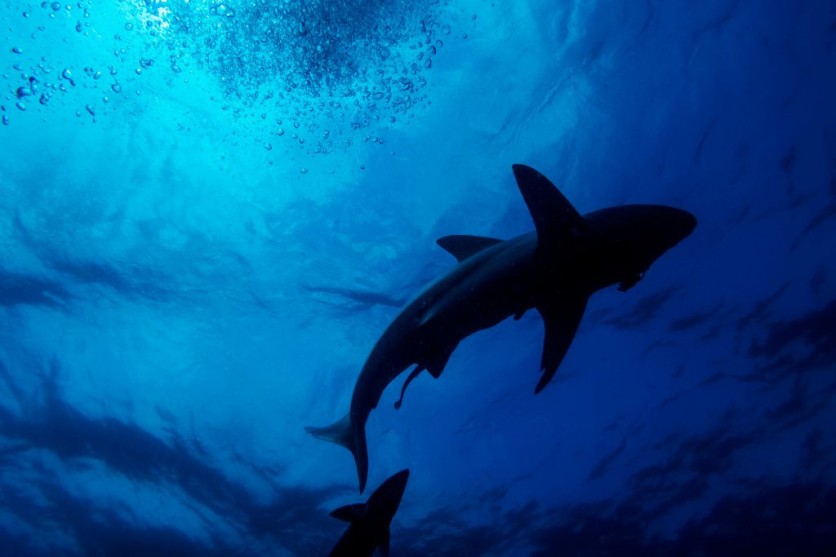Recent research challenges the prevailing belief that Megalodons were colossal creatures, suggesting a more nuanced perspective on their size. This discovery unveils a fresh understanding of Megalodons, countering the notion of them being mammoth predators.

A black-tip sharks is seen swimming during a baited shark dive in Umkomaas near Durban, South Africa, on December 10, 2020. - Aliwal Shoal, a fossilised sand dune that lies about 4km offshore from the coastal town of Umkomaas, is one of the few places in the world where divers can dive without a cage with Oceanic Blacktip sharks and Tiger Sharks, as the apex predators are attracted by a bait drum filled with sardines.
Challenging Widely Accepted Perception
In a surprising revelation, scientists, led by Kenshu Shimada, a paleobiology professor at DePaul University, disclosed that Megalodons, formally known as Otodus megalodon, were more slender than previously imagined.
Interesting Engineering reported that the traditional image of Megalodon as a robust and monstrous predator, largely shaped by fossilized teeth and vertebrae, is being reconsidered.
Despite being often portrayed as an oversized shark reaching lengths of 50 to 65 feet, Megalodon's reputation as a cinematic icon in novels and sci-fi films, including The Meg, is now being questioned.
Shimada's study challenges the entrenched perception, providing evidence that Megalodon's body form was more elongated compared to its modern counterpart, the great white shark.
This revelation adds a new layer to our understanding of Megalodon's anatomy and challenges the conventional narrative that has persisted over the years, shedding light on a more nuanced perspective.
Also Read : Scientists Find 'World's Largest Seagrass Forest' With the Help of Cameras Attached to Sharks
The team behind this groundbreaking revelation comprised 26 shark experts from 29 academic institutions worldwide, spanning the United Kingdom, Austria, Italy, Japan, Mexico, Brazil, France, Australia, and the United States.
Among the diverse group of scientists contributing to the research was Jake Wood, one of Shimada's master's students.
Possible Setbacks for Paleontologists
Looking ahead, Wood emphasized the considerable challenges faced by paleontologists in comprehending the ancient giant's body form, asserting that any substantial discussion necessitates the discovery of at least one complete, or nearly complete, skeleton of O. megalodon in the fossil record.
While this discovery provides insights into Megalodon's more slender physique, EurekAlert reported that the complete appearance of this ancient creature remains veiled in mystery.
Beyond its contribution to our understanding of prehistoric marine life, the study highlights the collaborative and global nature of paleontological research.
In contemplating the substantial scientific progress achieved in their recent study, Shimada expressed thoughts on the persistent mystery surrounding the exact appearance of megalodon, highlighting how these unanswered questions continue to spark imagination.
He noted that the ongoing enigma contributes to the allure of paleontology, making the study of prehistoric life an endlessly fascinating and exciting field.
Ongoing Quest
The unresolved mystery surrounding Megalodon enhances the appeal of paleontology, captivating both the scientific community and enthusiasts.
As published in the journal Palaeontologia Electronica, the ongoing quest to unveil a complete skeleton and gain a more comprehensive understanding of this ancient predator adds an element of intrigue and excitement to the field.
Related Article : [WATCH] Drone Captures Orca Whales Devouring a Great White Shark in World-First Footage

![Apple Watch Series 10 [GPS 42mm]](https://d.techtimes.com/en/full/453899/apple-watch-series-10-gps-42mm.jpg?w=184&h=103&f=9fb3c2ea2db928c663d1d2eadbcb3e52)



